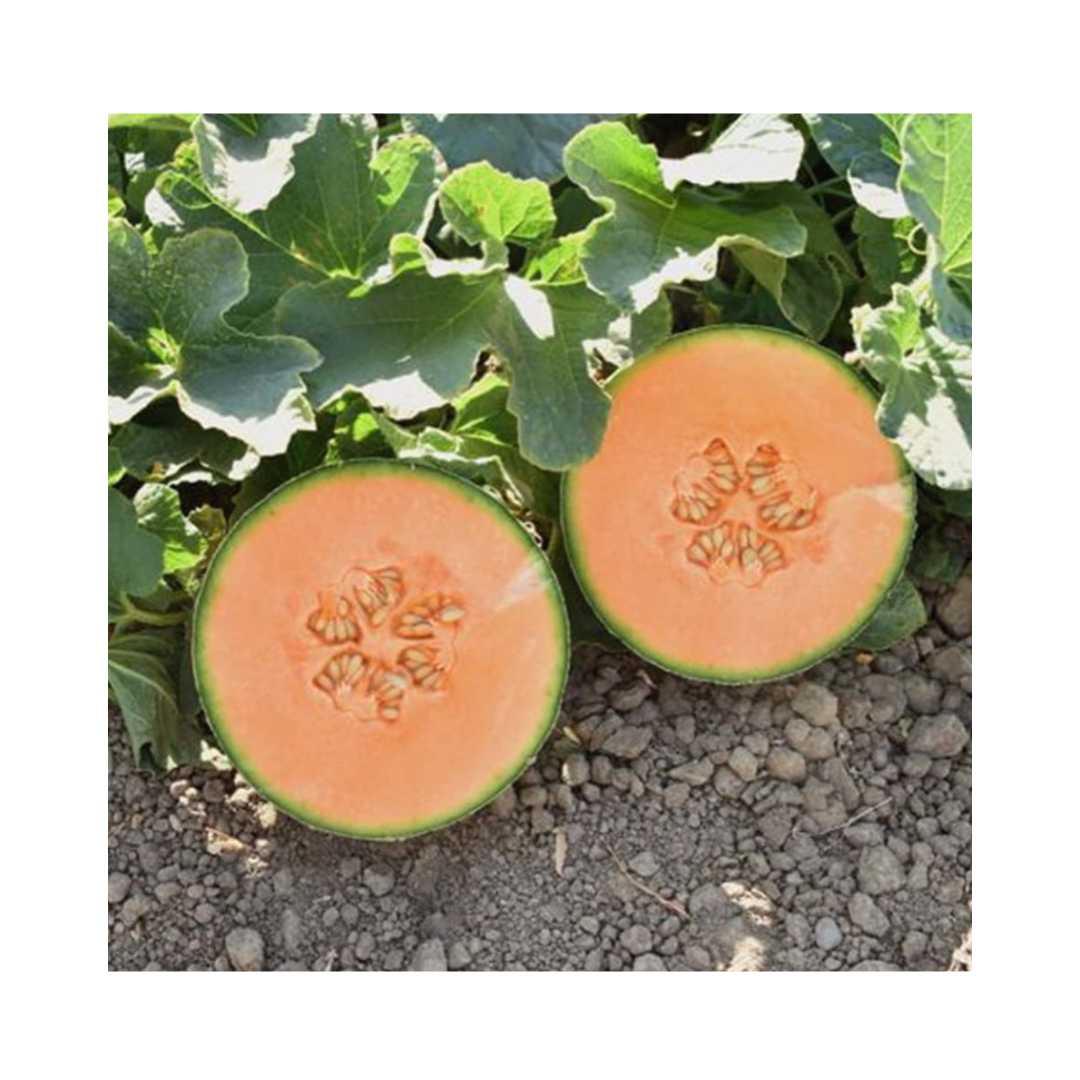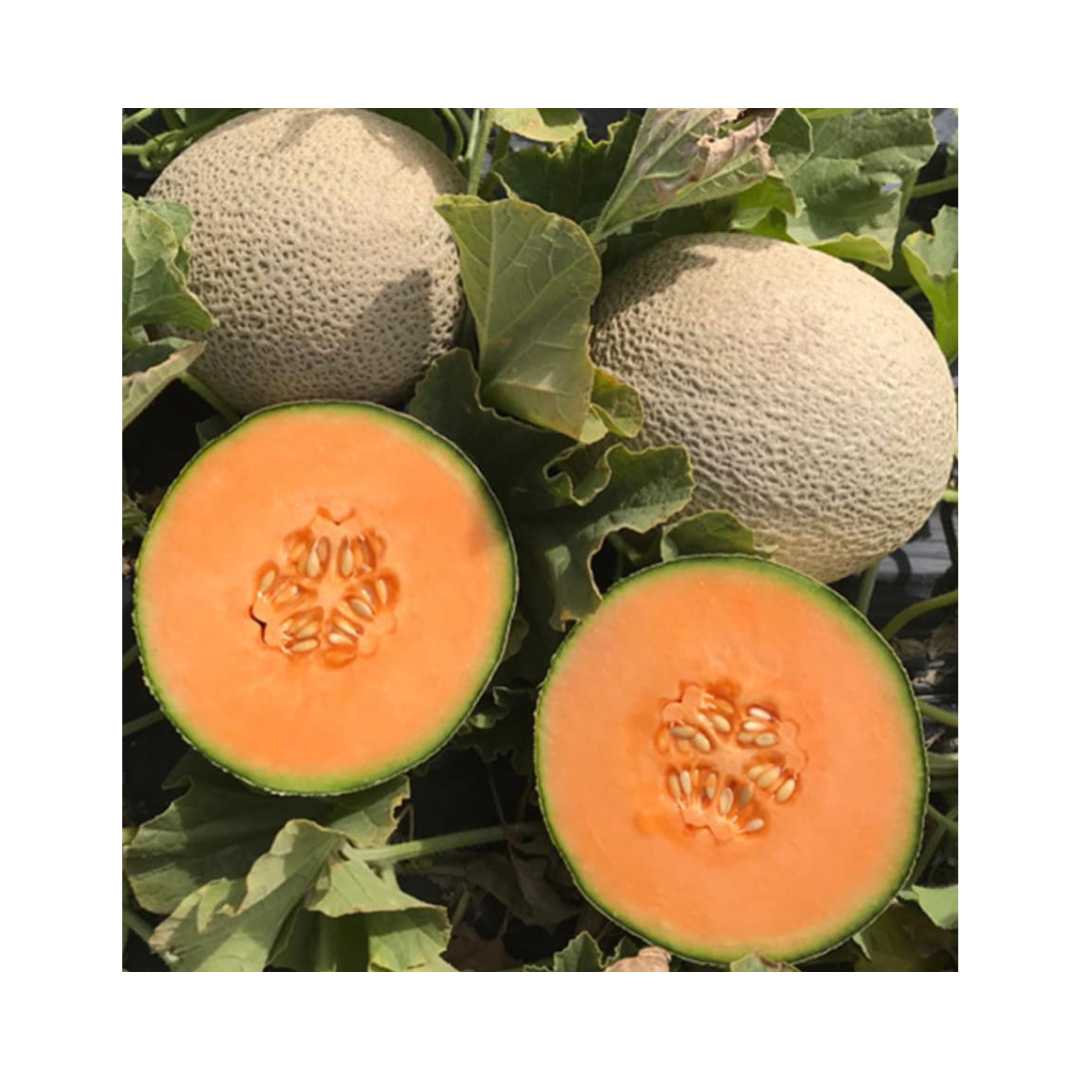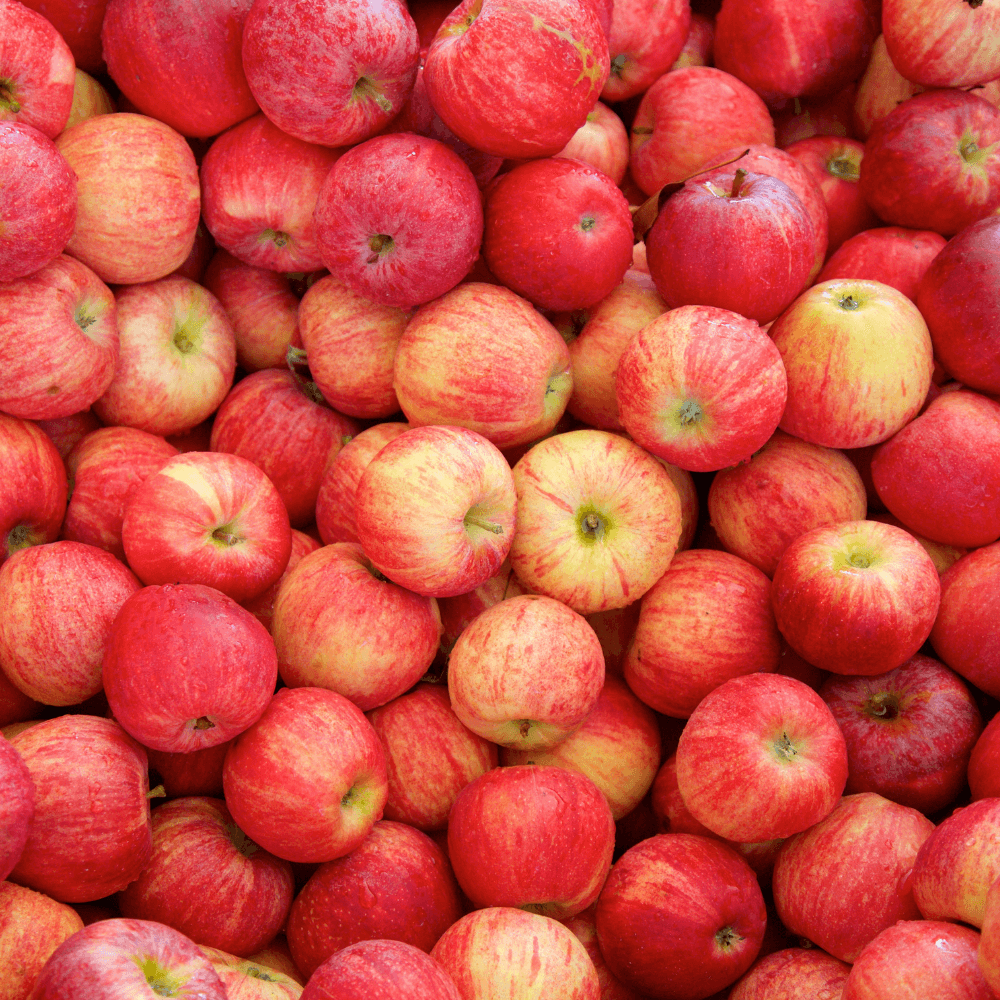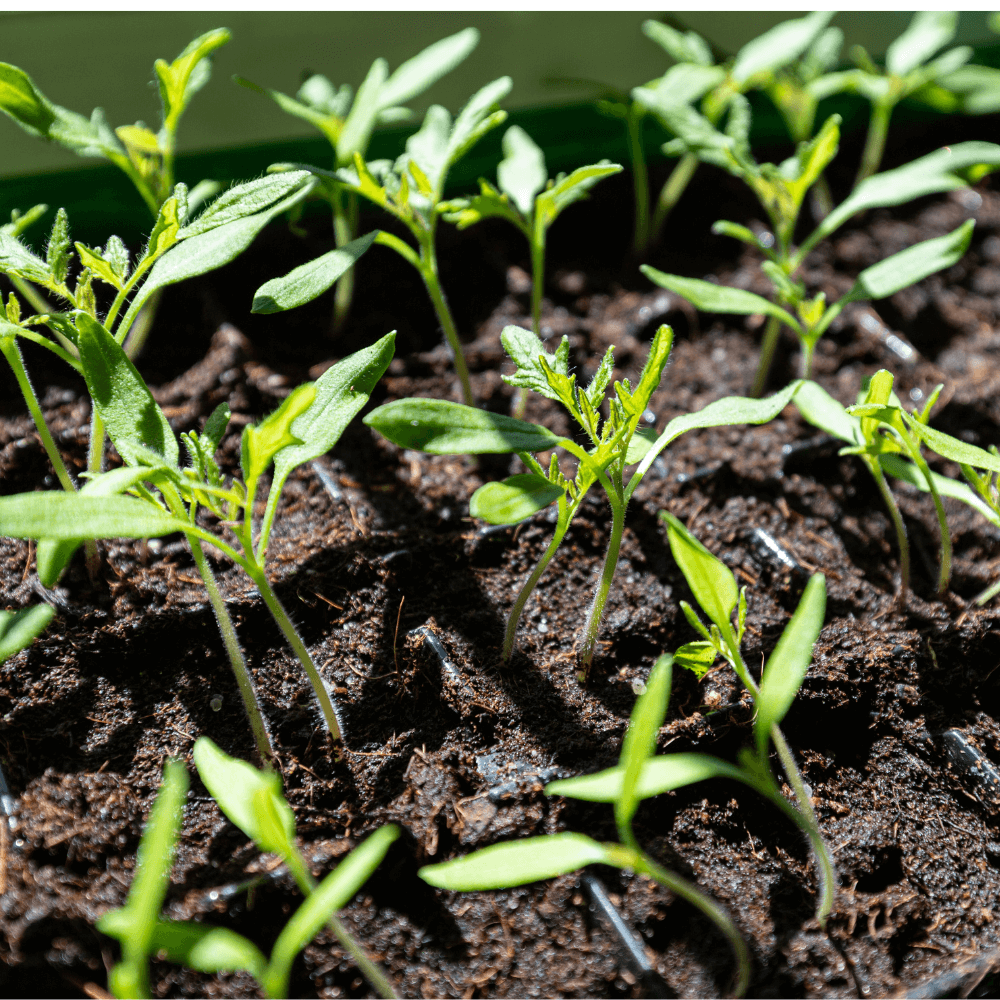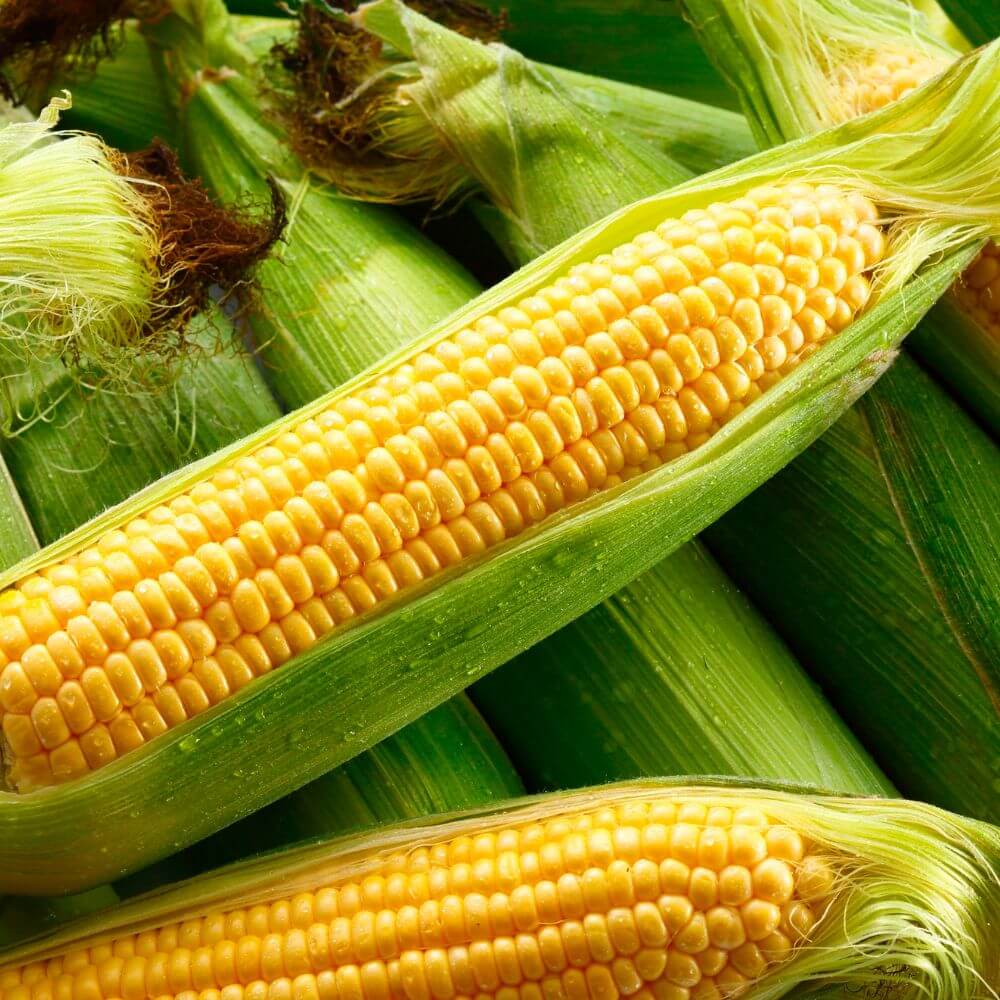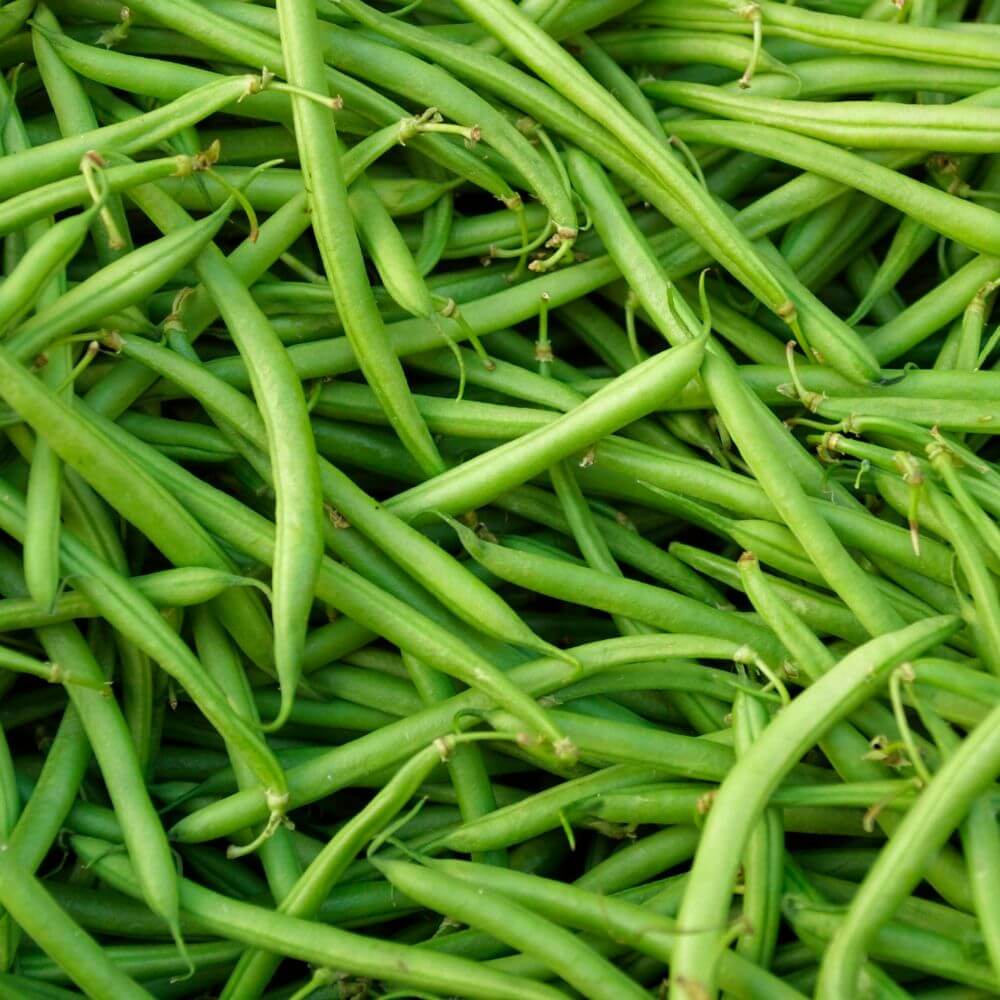Fertilization in the production of melons is critical and must be done correctly. This can be challenging due to many variables such as soil type, climatic conditions, and irrigation schedules. However, there are basic fertilization guidelines that should be followed to achieve good yields and quality fruit. The specific cultivar also plays a role, as all cultivars have different growth periods that should be considered when planning fertilization schedules.
The elements that play the most important roles during the growing phase of a melon plant are Nitrogen (N), Phosphate (P), Potassium (K), Calcium (Ca), Magnesium (Mg), and trace elements such as Boron and Molybdenum.
Carbon levels (1%) in the soil also play a significant role, as they determine the release and absorption of Nitrogen. The soil acidity level, i.e., pH, should be within certain norms (5.5–6.5) to ensure good absorption of nutrients.
It is important that Potassium, Magnesium, and Calcium are present in the correct ratios. The ratio of Mg to Ca should be 1:3–5, and the combined Ca + Mg to K ratio should be between 10 and 15. Both Ca and Mg are antagonistic to K, and in soils where Ca and Mg are high, this can negatively influence the absorption of K. The absorption of K is also determined by the quantity of P in the soil. If the P level is 30–50 parts in the soil, at least 300 kg/ha of K should be applied.
Many producers confuse Ca deficiencies with Mg and K deficiencies. In many cases, there is too little Mg in the soil and too much Ca. As a result, the plant may show signs of Ca deficiency because it cannot absorb the available Ca. Applying more Ca in this situation only aggravates the problem. Instead, extra Mg should be applied to correct the ratio between these two elements, which would allow for proper reabsorption of Ca. Soils in Namibia are naturally very high in Ca, and in many cases, it is not necessary to apply any Ca at all—only extra Mg and K.
- Cultivation: Open field | Under protection
- Type: Pre-packer | Loose
- Days to maturity: 80 – 90 days
- Fruit shape: Rounded | Oblong
- Fruit weight: 2,2 – 2,9 kg
- Resistances: Fusarium 0,1 & 2, Powdery Mildew 1 & 2
Essential Fertilization Needs for Melons
N: 160 kg/ha
P: 60–100 kg/ha
K: 250–300 kg/ha
Ca: 120–150 kg/ha
Mg: 30–40 kg/ha
To ensure good vegetative growth and fruit set, these elements should be applied sensibly to achieve the best yields for the farmer and quality fruit for the end-user.
(Written by Hugo Burger – Technical Manager: Stellenbosch Branch)

